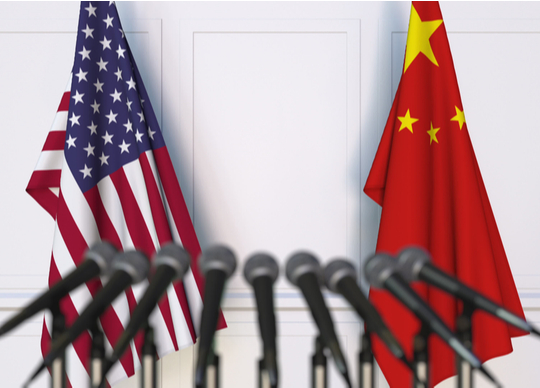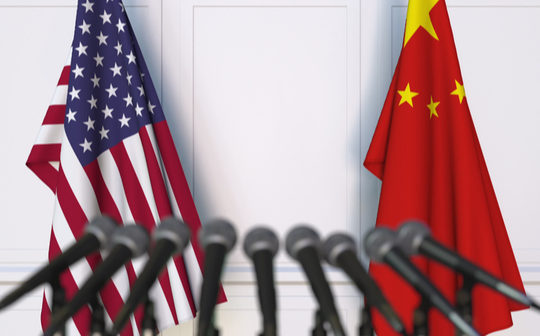
By Staff Writer
The rapid expansion of China’s nuclear capabilities is causing a stir in Washington. After years of benign neglect, the US is now paying attention to China’s nuclear rollout and wants to begin formal talks about it for the first time.
China’s longstanding “minimum deterrent“ strategy had kept US concerns at bay. China has long had nuclear weapons, but only a fraction of what the US holds.
However, that’s changing fast. The US Defense Department estimates China could have up to 700 deliverable nuclear warheads by 2027 and 1,000 by 2030.
The increased capability coincides with China’s increased assertiveness through North Asia and the Indo-Pacific region. There is widespread concern China’s nuclear posture is shifting from defensive to offensive.
While aware of the sensitivities within China on the matter, the US is reportedly keen to engage with China at the highest levels. For the first time, the US wants to talk to China about its nuclear ambitions and capabilities.
The White House acknowledges this is a long-term goal. Initial talks would focus on avoiding accidental conflict. As the dialogue develops, talks could potentially begin regarding each nation’s nuclear strategy and the consequences of warfare in cyberspace and outer space.
Sitting on the sidelines, Australia is taking a keen interest in China’s nuclear expansion.
“We face the most significant change in our strategic environment since the Second World War,” Defence Minister Peter Dutton said in a National Press Club speech last week.
“Australia finds herself in a region at the very epicentre of global strategic competition … a region witness to a military build-up of a scale and ambition that, historically, has rarely been associated with a peaceful outcome.”
Sparking concern around the globe in July was China’s launch of a hypersonic missile. That missile circled the globe before deploying a manoeuvrable glide vehicle capable of delivering a weapon anywhere in the world.
The sophistication of that glide vehicle, able to evade the US’ primary missile interceptors, rang alarm bells in Washington and elsewhere.
“Australians have watched on as the Chinese government has engaged in increasingly alarming activities,” said Peter Dutton. “Every major city in Australia, including Hobart, is within range of China’s missiles.”
China’s growing hypersonic capabilities have broader security implications for low-earth space. The US wants to deploy some 500 satellites to track ballistic, cruise and hypersonic missiles and counter and intercept the threat any armed incoming gliders deployed from those missiles pose.
Given the state of US-China relations, particularly regarding China’s interest in Taiwan, US President Jo Biden knows he needs to proceed gently. There is a view China’s nuclear expansion is designed to keep the US militarily at bay should China invade Taiwan – giving the need for talks a greater sense of urgency.
Aside from growing nuclear and hypersonic capabilities, China continues to invest in conventional weapons. Peter Dutton says China has amassed over 2,000 ground-launched ballistic missiles and ground-launched cruise missiles, with a range of up to 5,500 kilometres.
Earlier this month, a virtual meeting between the US and China Presidents agreed to further “strategic stability talks.” However, there is no agreement yet on when any future talks would commence and what exactly talks would cover.






